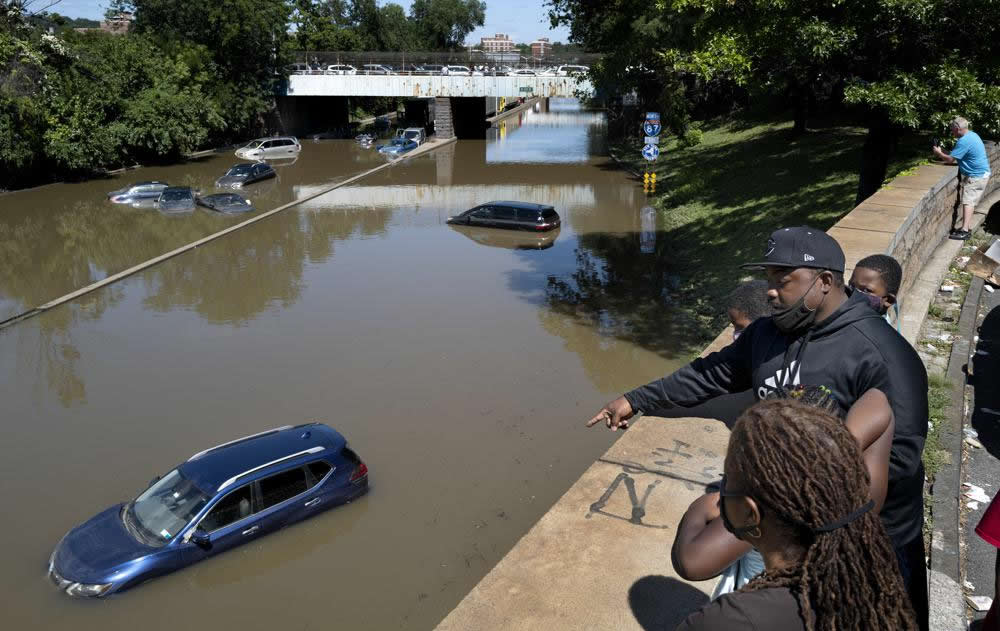
Cars are stuck due to rising water on September 2 on Major Deegan Expressway in Bronx borough, New York, USA.
Most deaths are caused by being stuck in cars
In a statement to reporters on September 2 (local time), New Jersey Governor Phil Murphy said at least 23 people in New Jersey have died so far. Flooding also killed 16 people in New York City and seven in the Westchester suburb, according to New York City police.
Governor Phil Murphy said the majority of the deaths were people who were trapped in their vehicles and "washed away by water". Emergency crews rescued many people trapped in their homes and cars on September 2. Many neighborhoods are still heavily flooded, roads turn into rivers due to the impact of Hurricane Ida.
About 98,000 homes in Pennsylvania, 60,000 homes in New Jersey and 40,000 homes in New York were without power. From September 1, the Governors of New York and New Jersey declared a state of emergency in these states, urging people to stay indoors as rescue teams clear the streets and restore subway service and Railways serve millions of people.
Hurricane Ida made landfall in southern Louisiana last weekend, causing severe flooding and tornadoes as the storm moved north. As planned, US President Joe Biden will have a visit to Louisiana on September 3 to assess the damage caused by the storm and the recovery work after the storm.
In a statement, the leader said the damage caused by Hurricane Ida showed "the climate crisis and extreme storms" as one of the biggest challenges today.

A flooded street in Philadelphia on September 2.
Why is Hurricane Ida still devastating even though it has gone inland?
The terrible devastation of Super Typhoon Ida is said to be quite unusual because even though it has gone inland, it still causes catastrophic consequences.
According to the AP, such a phenomenon of deadly flooding even though the storm has made landfall like this has happened before. Scientists have previously warned that Super Typhoon Ida is likely to lead to that phenomenon, but the head of the US National Weather Service said the storm was so strong and came so quickly that it the region has difficulty dealing with this "super typhoon".
According to meteorologists and atmospheric scientists, although Ida has lost most of its wind force, the storm has retained its strength. After continuing inland, the storm merged with a wet and strengthening storm front. This could lead to "extremely heavy rainfall," said MIT meteorology professor Kerry Emanuel. “Hurricane Camille in 1969 also happened in a similar way. This storm has claimed the lives of more than 100 people in Virginia due to flooding after making landfall at a Category 5 in Mississippi,” he said.
Over the weekend, National Weather Service Director Louis Uccellini and other meteorologists began to notice an uncanny resemblance between Ida and Camille. This has led them to raise their vigilance. “We are all aware of this possibility. Discussions even started right before the hurricane hit Louisiana," Uccellini said.
More rain falls on urban areas such as roads and parking lots, causing more water to flow, which in turn causes flooding, according to University of Georgia meteorology professor Marshall Shepherd. "The human impact of flood disasters is often overlooked," he said.
It is clear that America's infrastructure cannot cope with phenomena like this, says Columbia University climate researcher Adam Sobel.